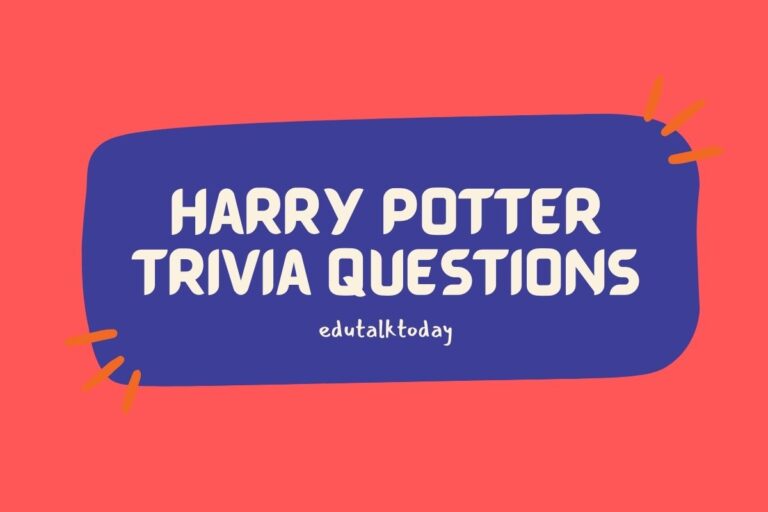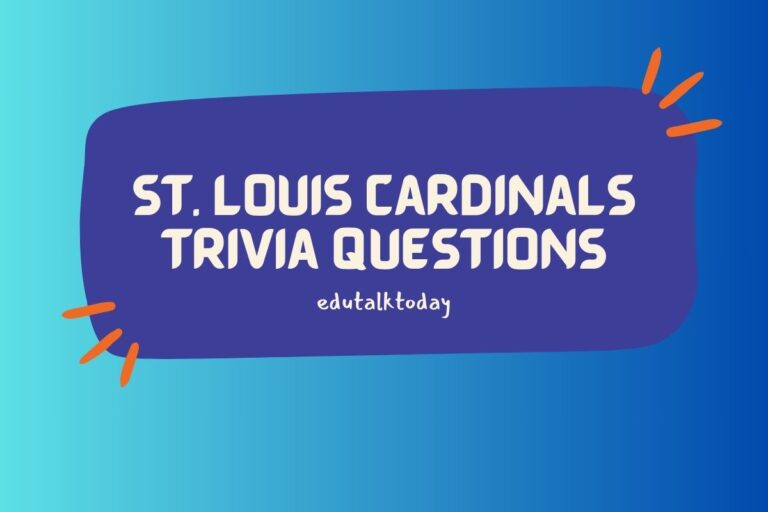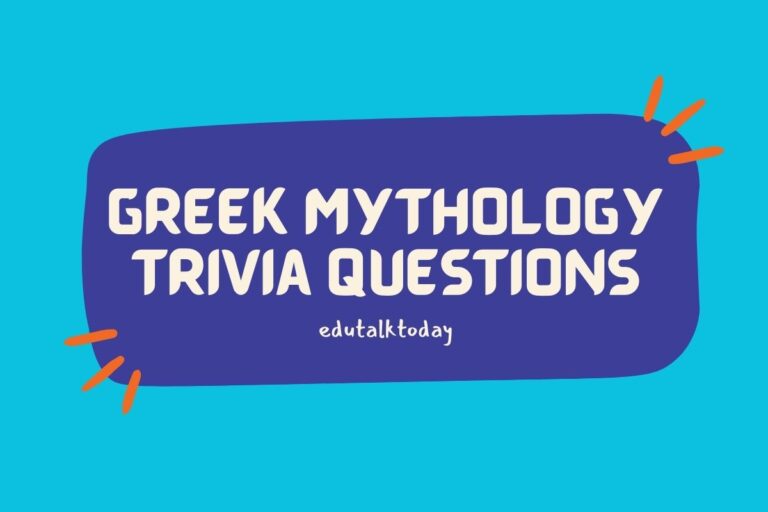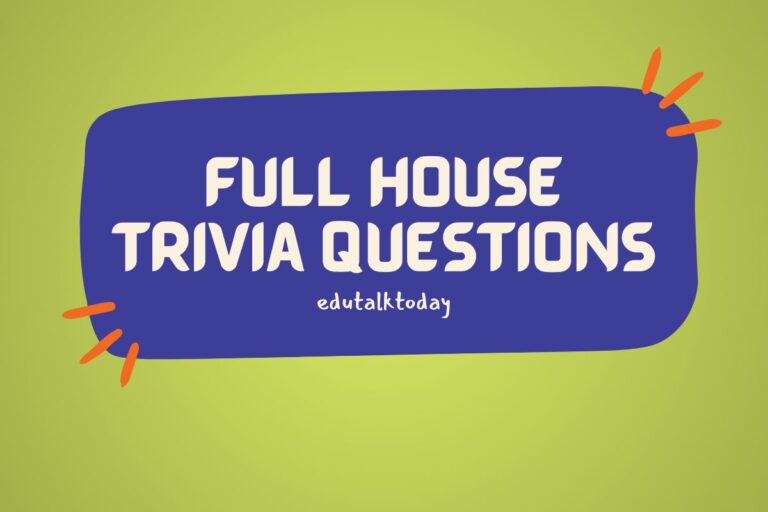40 World War 1 Trivia Questions

Welcome, history enthusiasts, trivia buffs, and curious minds alike, as we embark on a journey through the tumultuous yet captivating era of World War I.
A conflict that reshaped the course of nations, challenged the very fabric of society, and left an indelible mark on the pages of history. As we delve into the trenches of knowledge and uncover the lesser-known anecdotes and facts, prepare to be enthralled by the stories of courage, innovation, and sacrifice that defined this pivotal moment in time.
So, here is a list of some amazing questions to quench your thirst for World War I Trivia.
World War 1 Trivia Questions
- What was the name of the alliance between Germany, Austria-Hungary, and Italy in the years leading up to World War I?
- In what year did the United States officially enter World War I, and who was the President at that time?
- Name the battle that was the largest and bloodiest on the Western Front, lasting from July to November 1916.
- What was the primary reason for the sinking of the RMS Lusitania in 1915, and how did it influence the United States’ stance towards World War I?
- Which treaty officially ended the state of war between Germany and the Allied Powers, and in what year was it signed?
- What was the significant technological innovation introduced by the British at the Battle of the Somme in 1916?
- Name the famous fighter pilot known as the “Red Baron.”
- Which major European empire disintegrated as a direct result of its defeat in World War I, leading to the establishment of several independent nations?
- What was the name of the movement led by Vladimir Lenin that played a significant role in Russia’s withdrawal from World War I?
- Which disease pandemic occurred during the final year of World War I, significantly impacting both military and civilian populations globally?
- What was the name given to the agreement that ended Russia’s participation in World War I, and who were the signatories?
- Identify the battle that marked the first major use of poison gas as a weapon by the Germans.
- What significant event triggered the start of World War I in 1914?
- Which country switched sides from the Central Powers to the Allies in 1915?
- Name the British passenger ship sunk by a German submarine in 1915, contributing to anti-German sentiment.
- What was the major naval battle fought in 1916 between Britain and Germany’s naval forces?
- Which Australian and New Zealand soldiers are commemorated on ANZAC Day, and what campaign were they a part of during World War I?
- Name the agreement that redefined the borders of the Middle East after the fall of the Ottoman Empire post-World War I.
- Who was the commander of the American Expeditionary Forces in World War I?
- What was the name of the German plan intended to quickly defeat France before turning east to fight Russia?
- Which battle in 1917 marked the largest British offensive on the Western Front that year, known for the extensive use of tanks?
- What was the primary purpose of the Zimmermann Telegram, and which countries were involved?
- Name the fortress that became a symbol of French national resistance, enduring a long siege by German forces in 1916.
- What was the name of the peace movement led by Pope Benedict XV during World War I, and what was its main proposal?
- Which major battle in 1918 is considered a turning point on the Western Front, leading to the eventual defeat of the German forces?
- What was the original name of Istanbul, which was a crucial city in the Ottoman Empire during World War I?
- Name the British liner converted into a hospital ship that was sunk by German forces in 1915, causing outrage.
- During World War I, which major battle is known for introducing the use of tanks on a large scale by the British?
- What was the primary objective of the Gallipoli Campaign (1915-1916)?
- Which country’s army was led by General Paul von Hindenburg and Erich Ludendorff during the critical phases of World War I?
- What was the name of the French military commander known for recapturing Fort Douaumont during the Battle of Verdun in 1916?
- What was the code name for Germany’s unrestricted submarine warfare policy initiated in 1917?
- Identify the 1917 uprising that led to significant political changes in Russia and eventually contributed to its withdrawal from World War I.
- What was the name of the major American offensive in 1918 that contributed to the breaking of the Hindenburg Line?
- Name the pact that was a secret defensive alliance between France and Russia formed in 1894.
- Which battle in 1917 was marked by horrendous mud and terrible conditions, symbolizing the futility and horror of trench warfare?
- Name the weapon that Germany hoped would break the stalemate on the Western Front by targeting Britain directly.
- What significant naval blockade was imposed by the British Royal Navy, aiming to restrict supplies to the Central Powers?
- Who was the King of the United Kingdom during World War I?
- Name the agreement that ended hostilities between the Allies and the Ottoman Empire in 1918.
Answers
- The Triple Alliance.
- The United States entered World War I in 1917, under President Woodrow Wilson.
- The Battle of the Somme.
- The RMS Lusitania was sunk by a German U-boat (submarine) due to unrestricted submarine warfare, significantly influencing the United States to move towards entering the war.
- The Treaty of Versailles, signed in 1919.
- The tank.
- Manfred von Richthofen.
- The Austro-Hungarian Empire.
- The Bolshevik Revolution.
- The Spanish Flu pandemic.
- The Treaty of Brest-Litovsk; signatories were Russia and the Central Powers.
- The Second Battle of Ypres, 1915.
- The assassination of Archduke Franz Ferdinand of Austria-Hungary.
- Italy.
- The Lusitania.
- The Battle of Jutland.
- ANZAC soldiers; they were part of the Gallipoli Campaign.
- The Sykes-Picot Agreement.
- General John J. Pershing.
- The Schlieffen Plan.
- The Battle of Cambrai.
- It proposed a military alliance between Germany and Mexico against the United States; involved countries were Germany, Mexico, and indirectly, the United States.
- Fort Vaux and Verdun (The Battle of Verdun is the broader context, but Fort Vaux was a notable symbol within it).
- The Pope’s Peace Proposal; it called for a peaceful resolution to the war without territorial gains or losses.
- The Second Battle of the Marne.
- Constantinople.
- HMHS Britannic.
- The Battle of Cambrai (1917).
- To secure a sea route to Russia and to attempt to knock the Ottoman Empire out of the war.
- Germany.
- General Philippe Pétain.
- Operation Paukenschlag (Drumbeat), though the term is more commonly associated with WWII, the concept of unrestricted submarine warfare doesn’t have a specific “code name” in WWI but was a declared policy.
- The February Revolution (The Bolshevik Revolution is another significant event, but it was the second revolution in 1917).
- The Meuse-Argonne Offensive.
- The Franco-Russian Alliance.
- The Battle of Passchendaele (also known as the Third Battle of Ypres).
- The Zeppelin airships and later, Gotha and Giant bombers.
- The British Naval Blockade of Germany.
- King George V.
- The Armistice of Mudros.






